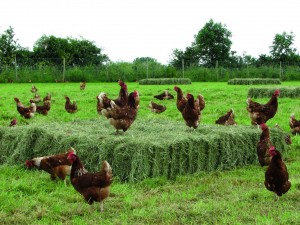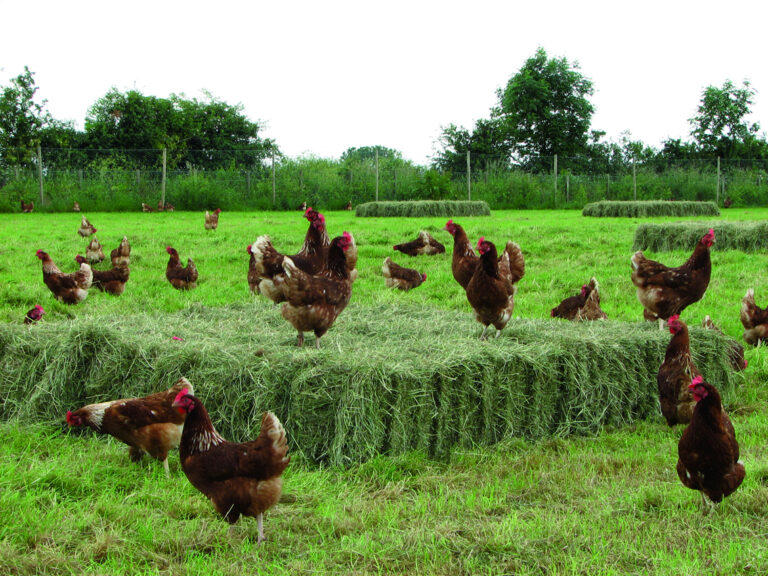Poultry and egg farmers in Scotland will be allowed to let their birds out to range from the end of February, as long as they implement increased biosecurity measures.
The decision by the chief vet in Scotland means unlike their counterparts in England , where the housing order will continue in certain ‘high risk’ areas, Scottish farmers will be able to retain their free range status, should they choose to risk allowing their birds outside.
, where the housing order will continue in certain ‘high risk’ areas, Scottish farmers will be able to retain their free range status, should they choose to risk allowing their birds outside.
In a letter to farmers, Scotland’s chief vet Sheila Voas wrote: “From 28 February the requirements of the zone will change, meaning that keepers in Scotland can let their birds out provided that they have enhanced biosecurity measures in place. Keepers will still have the option to house their birds – for many this will continue to be the easiest way to protect them from AI, but they will lose free range status under EU law by continuing to house.
“If keepers do intend to release their birds from 28 February then there are steps that they should begin taking now in order to make their range unattractive to wild birds for the remaining days in February – it is vital that these activities start as soon as possible.”
The steps recommended by Voas are:
o Net ponds and drain waterlogged areas of land. If this isn’t possible, then can you fence them off from your birds so they cannot access it whilst ranging, or use an alternative paddock that doesn’t have access to water
o Remove any feeders and water stations from the range, or ensure that they are covered to sufficiently restrict access by wild birds
o Consider using decoy predators or other livestock (such as sheep or cattle) on the range, or allowing dogs to accompany you on foot patrols around the range. You could also consider bird scarers if their use is appropriate for the area (see NFU Code of Practice on bird scarers)
o Consider increasing the number of shelters on the range area
Last week the British Free Range Egg Producers Association complained different policies in different countries of the UK was unfair, and called on DEFRA to allow all free range hens in England to be allowed outside at the end of February before producers go out of business.
The organisation has written to Defra Minister Lord Gardiner and Chief Veterinary Officer Nigel Gibbens to highlight the serious inconsistency with which the UK governments have dealt with the issue.
England has designated Higher Risk Areas (HRAs) where birds must continue to be housed after 28 February. Those farms not in an HRA must put in place enhanced biosecurity protocols, but their flocks can range.
But there will be no compulsory housing for producers in Wales, where there has been an outbreak of the H5N8 strain this year. All flocks on Scottish farms will also be allowed outside.
BFREPA chief executive Robert Gooch said: “This inconsistent approach is proving divisive among producers in the UK and will spell the end for some of our members in England who will lose their free range status.
“There is a lack of common sense in an approach that allows birds on one side of the Severn Estuary to range, while across the border in England birds continue to be housed. It has created a postcode lottery.
“An outbreak at a broiler farm in Suffolk this week was outside of the proposed HRA, demonstrating that there is little science available to accurately pinpoint where HRAs should be.”
BFREPA estimates that about 150 of its members will be caught in an HRA and will be forced to downgrade their eggs from free range to barn at a cost of about 20p/dozen. They produce about two million eggs per day.
“The enhanced biosecurity measures proposed for the majority of English free range flocks outside of HRAs should apply all over the country, as has happened in Wales and Scotland,” Mr Gooch added.
“We are calling on Defra to review its position and change the policy before we see our producers go out of business.”


